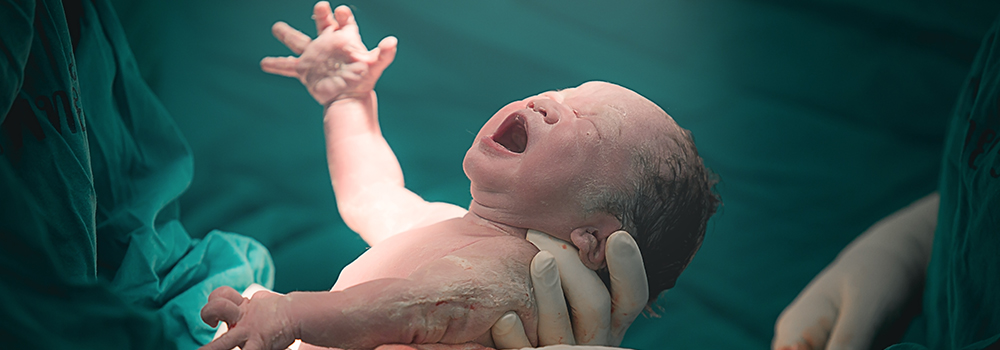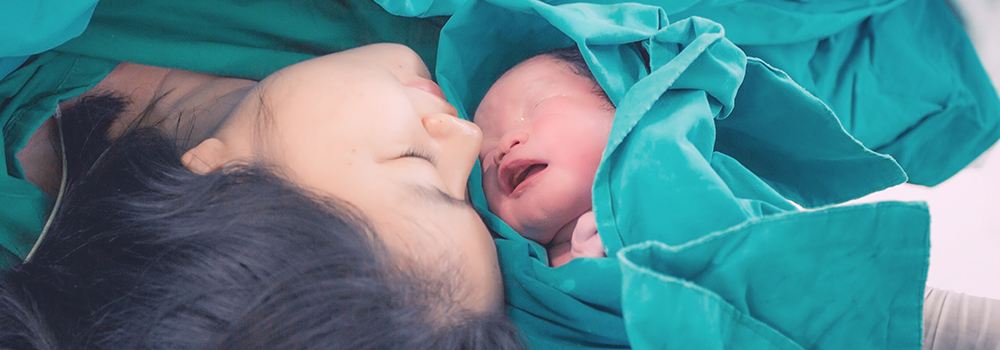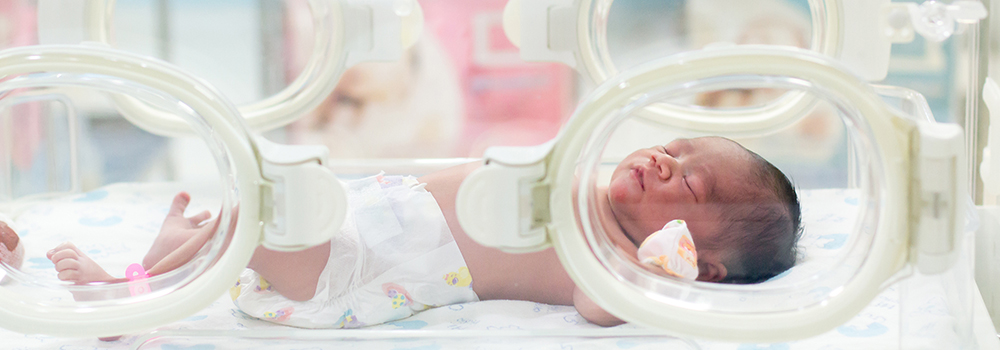Obstetrics | Excellence
Excellence
When the fertility rate in the country is in the doldrums, the department of Obstetrics and Gynecology in our hospital still maintain the number of births at about 250 to 300 cases per month, with an average of 3,200 cases or more per year, of which over one third are pregnant women with high-risk pregnancies. In addition, the hospital is also responsible for referral of high-risk pregnancies in Taichung and continues to participate in the evaluation of its obstetrics section for obstetric admissions to the intensive care unit in the hospital. In addition to the teamwork in the department, the support from anesthesia department, the cardiac surgery department, the pediatrics department and the internal medicine department is also the best backup for the Department of Obstetrics and Gynecology to gain such achievements. Our emergency caesarean sections have also reached a 100% success rate within 20 minutes.

In May of 1993, the Department of Health under the Executive Yuan set up the <the Center for Prenatal Genetic Diagnosis based on Cytogenetics Amniotic Fluids> in our hospital to actively screen the maternal serum for fetal Down's syndrome, in hope that we could provide more extensive diagnosis and further treatment.

In 2004, we also passed the third-level assessment with outstanding scores to become a High-risk Pregnancy Referral Hospital. In addition to the general medical treatment, we was able to provide more advanced medical treatment.
In 2007, our hospital was recognized as a "mother-baby friendly hospital" by the Department of Health to provide prenatal, delivery and postpartum services for pregnant women.

In 2008, we introduced "First-Trimester Down's Syndrome Screening" and the number of patients undergoing such examinations each month has been the highest in Taiwan. So far, our hospital has become the "Ultrasound Training Center for Measurement of Fetal Nuchal Translucency" in Central Taiwan.
In 2010, the department won subsidies from the "Premature Baby Foundation of Taiwan" to set up a miscarriage prevention demonstration ward. In collaboration with the Neonatology Department, we established the prenatal consultation mechanism for pregnant women to better understand the dangers and challenges faced by their babies. Each miscarriage prevention bed has a fetal monitoring system connected to the nursing station to monitor fetal heartbeat and uterine dynamics at any time. Approximately half of preterm infants with a very low birth weight require respirators to maintain their breathing. Other preterm infants may suffer from complications such as high blood jaundice (newborn jaundice), sepsis, respiratory diseases, retrolental fibroplasia resulting in blindness or intracranial hemorrhage resulting in neurological damage, cerebral palsy and so on. The miscarriage prevention ward will give appropriate protection when there is a sign of preterm birth, in hope that the pregnancy weeks can be extended to help the babies develop weights and decrease the number of complications. The most common signs of preterm birth may include premature uterine contractions, prenatal bleeding, diabetes, premature rupture of membranes, and pregnancy-induced hypertension.

